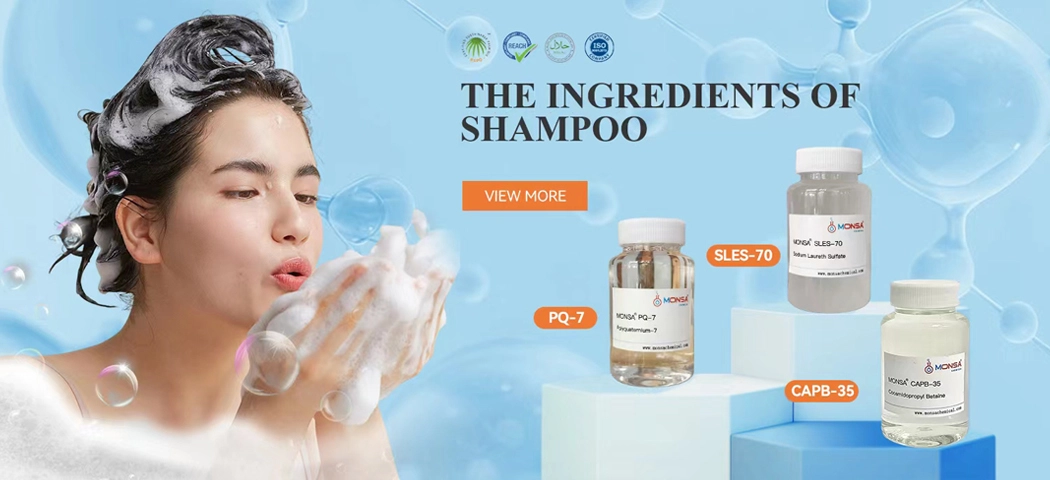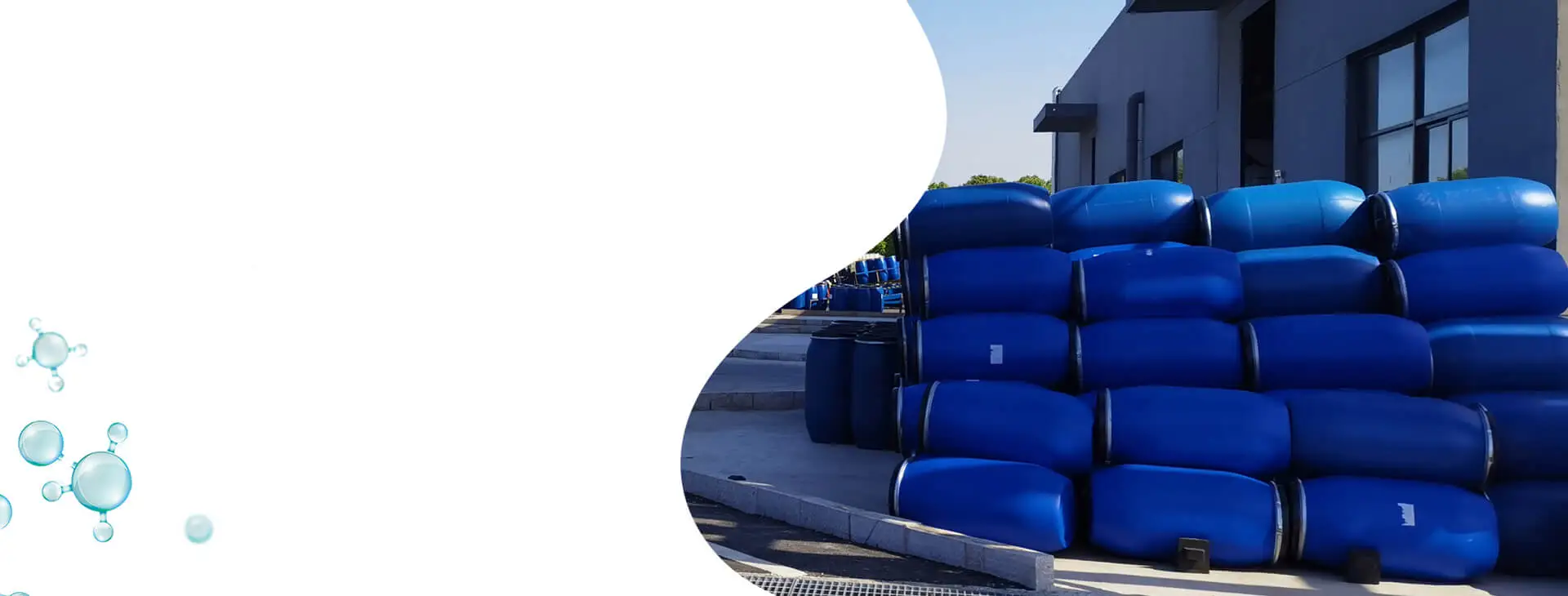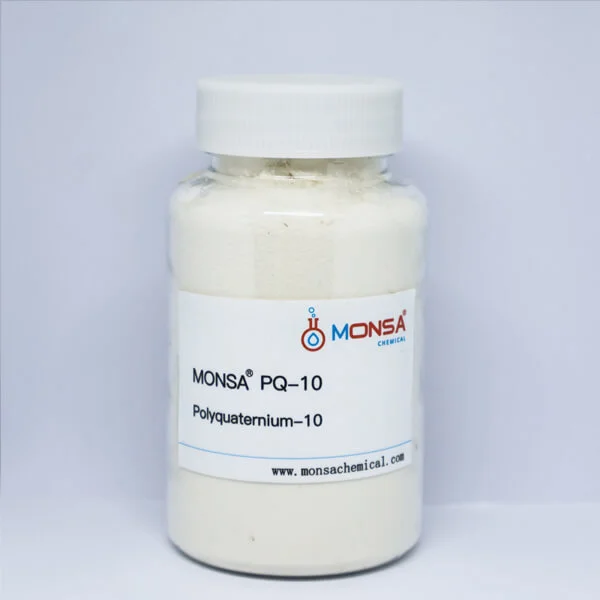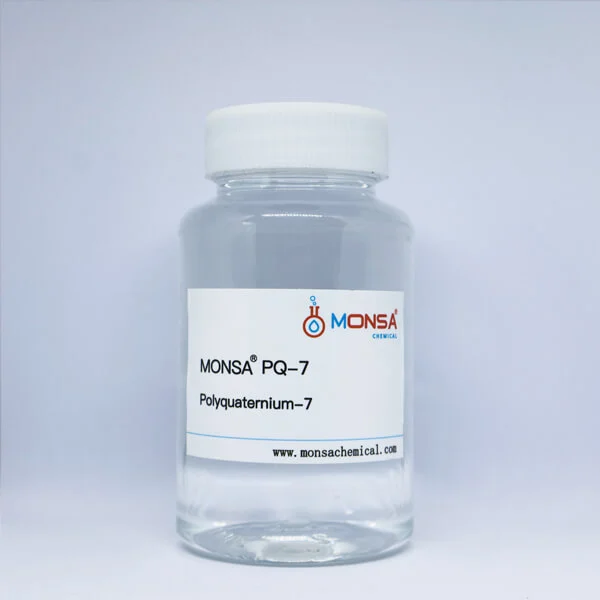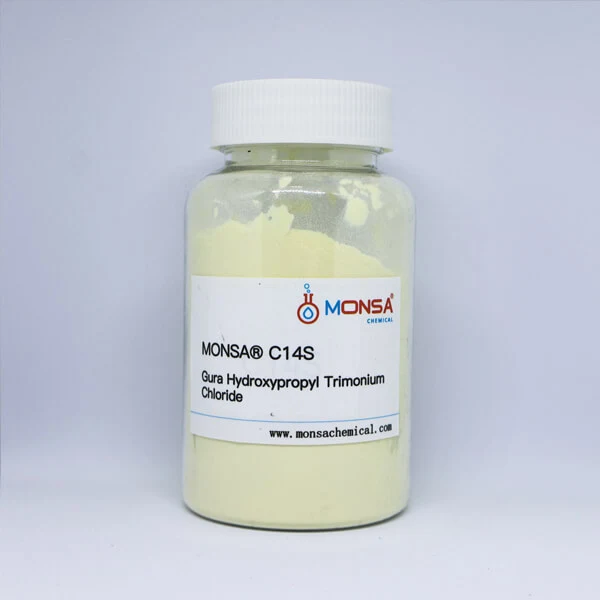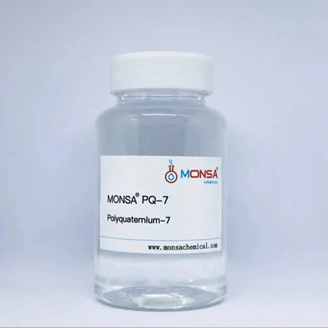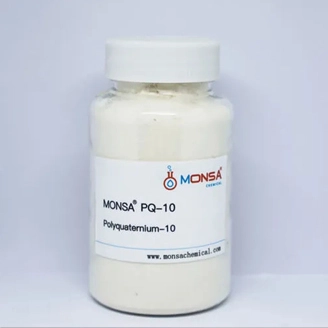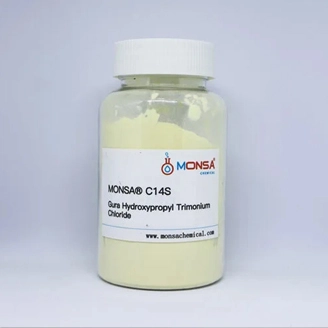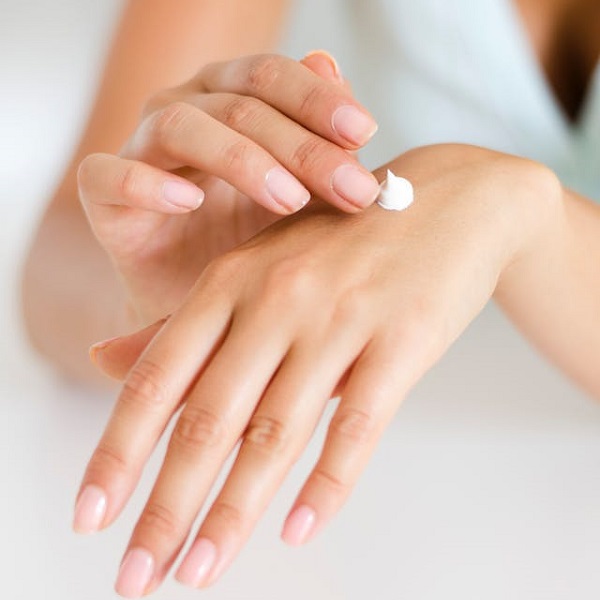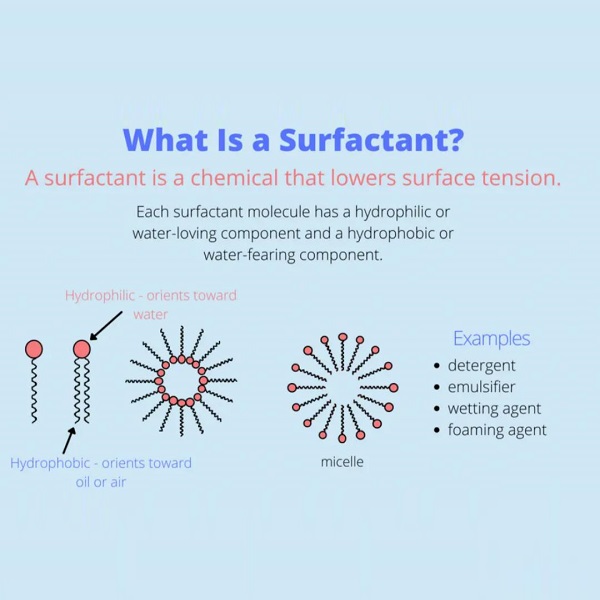Cationic conditioners are designed to detangle and smooth the hair by utilizing their unique chemical properties. These conditioners contain cationic surfactants, which are positively charged molecules that interact with the negatively charged surface of the hair shaft.
When cationic conditioners are applied to wet hair, the positively charged surfactant molecules are attracted to the negatively charged keratin proteins on the hair surface. This attraction allows the conditioner to effectively adhere to the hair, forming a thin and invisible film.
One of the primary mechanisms by which cationic conditioners detangle the hair is through their ability to reduce static electricity. Hair strands naturally develop an electrical charge due to factors such as combing, friction, and dryness, leading to tangled and difficult-to-manage hair. The positively charged cationic surfactants in conditioners neutralize this static charge, making the strands repel each other and helping to separate them more easily.
Additionally, cationic conditioners provide lubrication and smoothness to the hair. The positively charged surfactant molecules adhere to the negatively charged keratin on the hair surface, creating a smooth and slippery coating. This coating helps to reduce friction between the hair strands, making it easier to comb through and decreasing the likelihood of breakage and damage.
Furthermore, cationic conditioners have a moisturizing effect on the hair. The positively charged surfactants attract and retain water molecules, enhancing hydration and adding moisture to the hair shaft. This moisturizing effect helps to improve hair elasticity, reduce brittleness, and enhance overall manageability.
In summary, cationic conditioners effectively detangle and smooth the hair by neutralizing static electricity, providing lubrication, and adding moisture. Their unique chemical properties make them highly effective in enhancing the manageability and appearance of the hair.

